10+ Years Experience
Specialist Horse Menages

Enquire Today For A Free No Obligation Quote
Horse gallop construction is an investment that can bring a multitude of benefits to both horse and rider, including improved fitness, skill development, and injury rehabilitation.
In this comprehensive guide, we’ll explore the costs, advantages, and best practices for building and maintaining horse gallops, as well as tips for novice riders to build confidence and enhance their skills on the gallops.
In the UK, the average cost to build a gallop track is estimated to be approximately £30,000.
However, several factors contribute to the overall cost. The size of the gallop, the type of surface selected, and the location all play a crucial role in determining the final price.
Costs can vary significantly, ranging from £22.25 per square metre to £425,000 for a more intricate gallop construction set up.
When evaluating the cost of horse gallop construction, it is important to consider the specific needs and requirements of your equestrian facility.
This may include factors such as the intended use of the gallop (fast work, walk, or exercise for your horse’s legs), the availability of land for construction, and your budget constraints.
Working with experienced professionals can help ensure that you make the best decisions for your unique circumstances.
Horse gallops offer a range of advantages for training, including increased confidence, refined timing, and enhanced fitness.
The ability to practice on a safe and consistent surface, such as an all-weather gallop, can help to maximise your horse’s fitness levels and overall performance.
From interval training to uphill gallops, these purpose-built racehorse gallops allow for a more effective and targeted approach to developing your horse’s strength and stamina.
In addition to the physical benefits, horse gallops also provide an excellent environment for improving important skills such as flexion, counter flexion, and leg yielding.
Practising these techniques on a gallop track can help to refine your horse’s balance and suppleness, ultimately resulting in improved performance in disciplines such as dressage, show jumping, and cross-country events.
Regular gallop sessions can significantly boost your horse’s fitness levels and overall performance.
By gradually introducing canter work and steadily increasing the distance and time spent at each pace, you can help your horse develop increased cardiovascular fitness and muscle strength.
For older horses, this gradual approach is particularly important, as they may require more time to warm up and adjust to the exercise.
One effective method for maximising your horse’s fitness with gallops is to incorporate interval training into their sessions.
By carefully monitoring your horse’s recovery from fast work, you can adjust the intensity and duration of their training to meet their individual needs and abilities.
This personalised approach to gallop training can lead to improved stamina and endurance, setting your horse up for success in their chosen discipline.
Interval training on gallops can significantly enhance your horse’s stamina and endurance.
By alternating between periods of fast work and recovery, you can help your horse develop the necessary strength and cardiovascular fitness to excel in their chosen discipline.
In addition to promoting increased fitness, interval training on gallops also encourages proper form and balance for both horse and rider.
As you practice maintaining a steady speed and stride length, you’ll become more in tune with your horse’s movements and develop a better understanding of how to effectively use your aids to control their pace.
This skill is especially valuable when trying to achieve optimal time in cross-country events.
Uphill gallops provide another opportunity to further enhance your horse’s fitness and strength.
When galloping uphill, horses are encouraged to take deep breaths and utilise their entire bodies, promoting increased stamina and overall conditioning.
A suggested length for the uphill stretch during gallop training is 400 meters, providing a challenging yet manageable distance for most horses.
In addition to the physical benefits of uphill galloping, practicing at the recommended speeds for specific eventing levels (such as 450 meters per minute for BE90 and 475 meters per minute for BE100 competitions) can help you and your horse become more familiar with the demands of competition.
Monitoring your horse’s rate of recovery during uphill gallop workouts is an essential aspect of gauging their progress and adjusting their training plan accordingly.

A safe, consistent surface is essential for effective gallop practice and the well-being of both horse and rider.
The surface should be free from any potential hazards, such as rocks, holes, and uneven ground, and provide adequate cushioning and shock absorption to minimise the risk of injury.
Various equestrian surfaces are available for gallop tracks, each with their own benefits and drawbacks.
Sand is an optimal choice for horse arenas due to its secure, even surface that allows horses to move without slipping or stumbling.
Other options include premixed wax, silica sand, and stabilising fibres, which can be blended to create the ideal surface for your specific needs and preferences.
No matter the surface type, it is crucial to regularly inspect and maintain the track to ensure a safe and consistent environment for your horse’s training.
All-weather gallops offer a reliable surface for horses to exercise on regardless of weather conditions, which can improve their fitness and help to sustain it.
These purpose-built gallops are specifically designed to withstand heavy use and provide a safe environment for the horse and rider.
The durability of all-weather gallops makes them a popular and cost-effective choice for many equestrian facilities, as they require less maintenance than grass or other artificial surfaces.
In addition to the practical benefits, all-weather gallops also provide a consistent training environment for horses, allowing them to develop their skills and fitness year-round without being hindered by adverse weather conditions.
This can be particularly beneficial for older horses or those recovering from injury, who may require more consistent exercise to maintain their fitness levels and overall health.
Selecting the appropriate equestrian surface for your gallop track is crucial for ensuring the safety and well-being of both horse and rider.
Each surface type offers its own advantages, such as shock absorption, durability, and the ability to provide the necessary levels of firmness, cushioning, cupping, rebound, and grip.
One popular option for gallop tracks is a combination of premixed wax, silica sand, and stabilizing fibres.
This surface blend offers a secure and consistent environment for horses to train on, with the added benefits of low maintenance and excellent drainage properties.
No matter your specific needs or preferences, it is essential to choose a surface that provides the appropriate balance between safety, performance, and durability for your horse’s gallop training.
The process of constructing horse gallops involves assessing site conditions, selecting the appropriate surface materials, and working with experienced professionals to design and build the gallop track.
Ensuring that your horse gallop construction meets the specific needs and requirements of your equestrian facility is essential for providing a safe and effective training environment for your horse.
We have over two decades of experience in designing and constructing outdoor arenas and emphasise the importance of taking into account the client’s specifications, usage requirements, and unique landscape when constructing a new arena.
By collaborating with our team, you can ensure that your gallops are constructed to a high standard, providing a safe and secure environment for your horse’s training and development.
Before constructing a horse gallop, it is essential to evaluate site conditions to determine the appropriate size, surface, and drainage requirements based on the discipline and location.
Factors such as the landscape and exposure to the elements should also be taken into account, as they can have a significant impact on the construction process and the overall functionality of the gallop.
Drainage and terrain are particularly important considerations when evaluating site conditions, as poor drainage can lead to waterlogged and slippery surfaces that may pose a hazard for horses.
The terrain should also be assessed to ensure that the gallop is suitable for the specific horse and discipline, taking into account factors such as the slope, soil type, and overall stability of the ground.
Partnering with experienced professionals for the design and construction of your horse gallop can provide several advantages, such as offering advice on the most suitable materials to use, guaranteeing that the gallops are constructed to the highest safety standards, and providing guidance on the most efficient design for the gallops.
Companies like ourselves, with years of experience in the field, offer comprehensive turnkey solutions, including design, excavation, drainage, fencing, installation, and project management.
Collaborating with ourselves can also provide invaluable assistance in obtaining planning permission for the construction of a horse gallop.
By enlisting the help of professionals with a proven track record in the industry, you can ensure that your horse gallop construction is completed to the highest standards, providing a safe and secure environment for your horse’s training and development.
Gallop practice is not only beneficial for improving your horse’s fitness, but can also significantly enhance their flatwork skills.
By incorporating various flatwork exercises into your gallop sessions, such as flexion, counter flexion, and leg yielding, you can help develop your horse’s suppleness, balance, and overall performance in the arena.
Some of the flatwork exercises that can be conducted on a gallop include shoulder-in, traverse, paces, and flying changes.
As your horse becomes more comfortable with these movements, their concentration and engagement during flatwork sessions in the equestrian arena are likely to improve.
This increased focus can lead to better performance in various disciplines, from dressage to show jumping and cross-country events.
Flexion and counter flexion are crucial elements of your horse’s flatwork training, as they help improve suppleness and balance.
Flexion involves bending the horse’s neck and body in one direction, while counter flexion involves bending the horse’s neck and body in the opposite direction.
Practising these techniques on horses can provide an engaging, dynamic environment for your horse, helping to refine their balance and overall performance.
Suppling exercises, such as trot-walk-trot transitions while maintaining shoulder-in, counter-bending, and lateral work (including shoulder-in, leg-yield, and traverse), can be beneficial in improving flexion during gallop practice.
By focusing on these exercises during your gallop sessions, you can help your horse develop the flexibility and balance necessary for success in various equestrian disciplines.
Leg yielding and flying changes are two additional flatwork skills that can be developed through gallop practice.
Leg yielding is a lateral movement wherein the horse moves sideways while maintaining a straight line of travel, which is employed to enhance the horse’s suppleness, straightness, and balance.
Practicing leg yielding during gallop sessions can help strengthen your horse’s hind leg, promote straightness, and increase suppleness.
Flying changes, on the other hand, are movements in which the horse changes its lead leg in mid-stride, which is used to enhance the horse’s agility, balance, and coordination.
Gallop practice can enhance flying changes by increasing the horse’s speed and agility, as well as developing its coordination and balance.
By incorporating these flatwork skills into your gallop training, you can help your horse become more well-rounded and prepared for success in a variety of disciplines.
Controlled gallop sessions can play a vital role in the rehabilitation process for injured horses, allowing them to gradually build up their fitness and strength without causing further harm.
By carefully monitoring your horse’s recovery from fast work and adjusting their training intensity accordingly, you can help ensure a safe and effective rehabilitation process.
Gallops can also be employed to long-rein rehab horses, allowing them to be worked securely and within a limited space, without the burden of a rider.
This provides a controlled environment in which the horse can regain its fitness and confidence after an injury, setting the stage for a successful return to full training and competition.
For injured horses, a gradual introduction to canter work is crucial for avoiding exacerbation of the injury and supporting the healing process.
Canter work can be strenuous for horses, particularly those in recovery from injury, so it is important to begin with brief, slow canter sessions and incrementally extend the duration and intensity of the canter work as the horse’s condition improves.
Working with a professional trainer or veterinarian during this process can help ensure that the horse is not being over-exerted or pushed too hard, as they can offer guidance on how to most efficiently progress the horse’s canter work based on their individual needs and abilities.
By taking a careful and measured approach to reintroducing canter work, you can help your horse heal and regain its fitness in a safe and effective manner.
In conclusion, horse gallop construction presents a multitude of benefits for both horse and rider, including improved fitness, skill development, and injury rehabilitation.
By understanding the costs, advantages, and best practices involved in building and maintaining gallops, as well as implementing helpful tips for novice riders, you can create a safe and effective training environment for your horse that will set the stage for success in a variety of equestrian disciplines.
With dedication and practice, the benefits of horse gallops can be fully realized, enhancing the overall performance and well-being of both horse and rider.
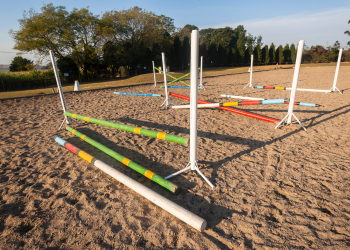
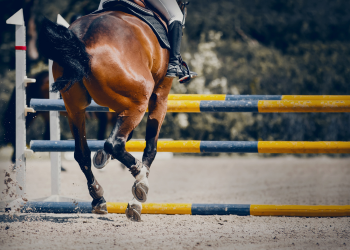
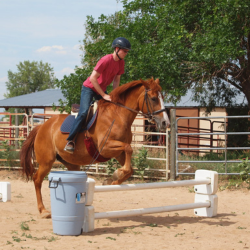
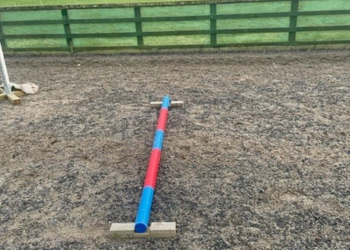
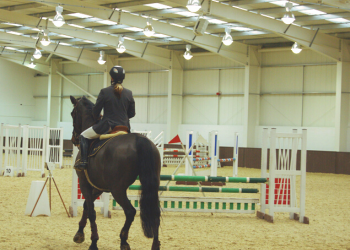
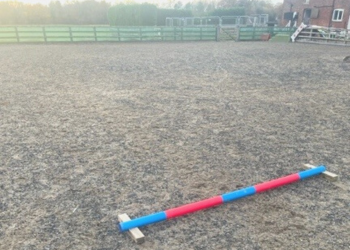
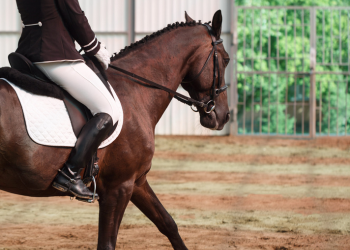

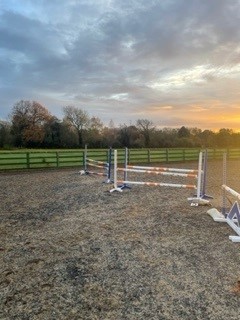
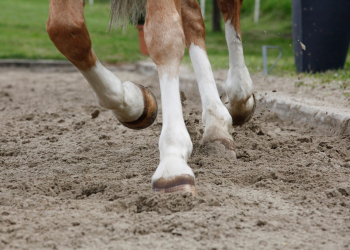
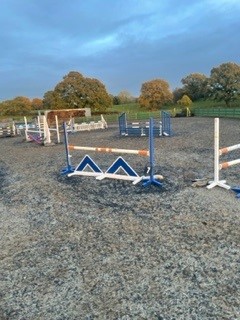
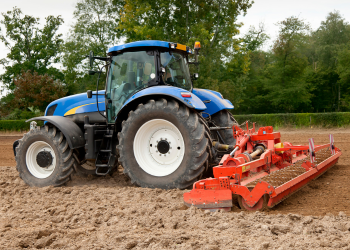

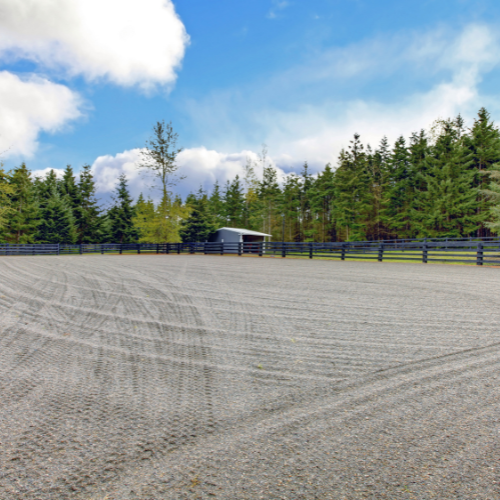

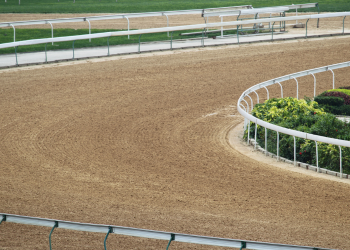
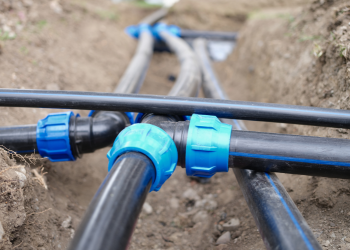
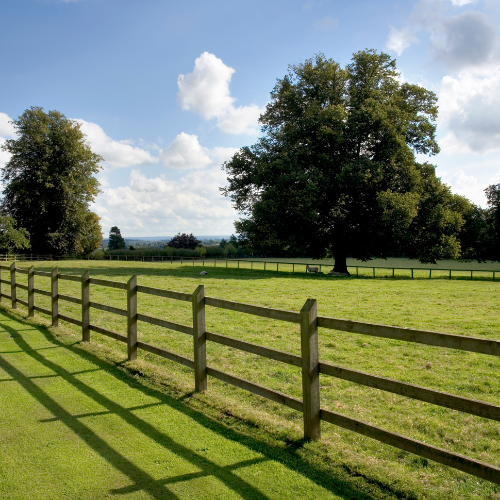

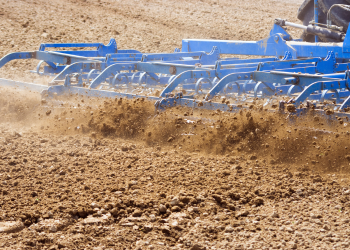
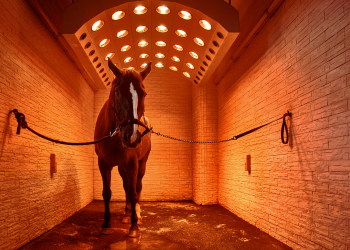


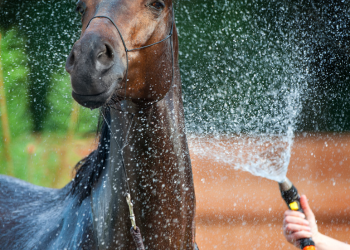
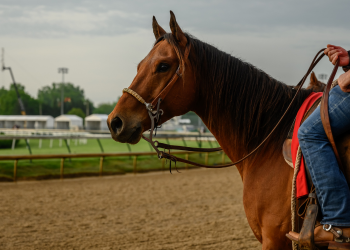
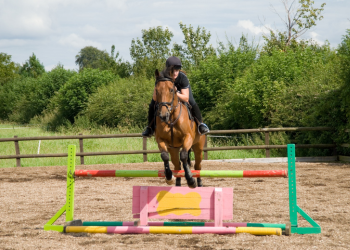
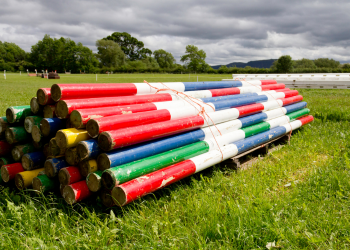
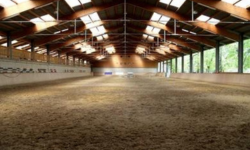
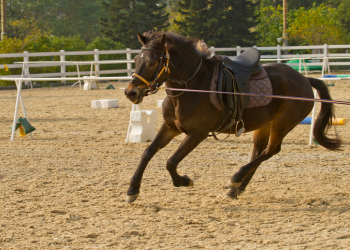
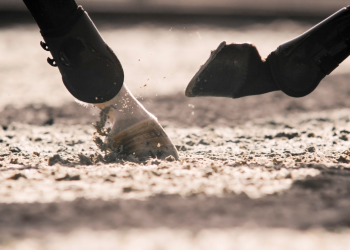
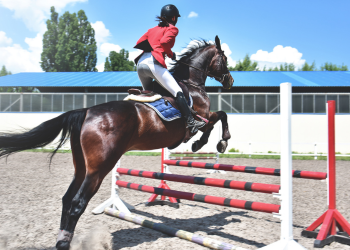
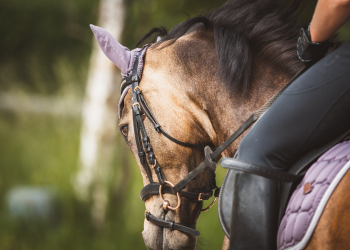
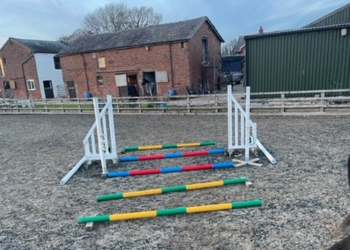

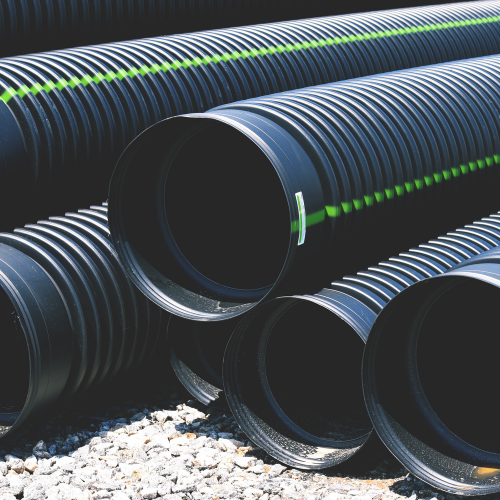
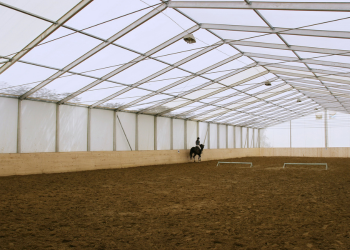
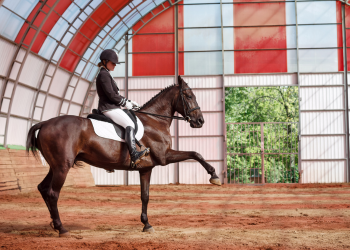
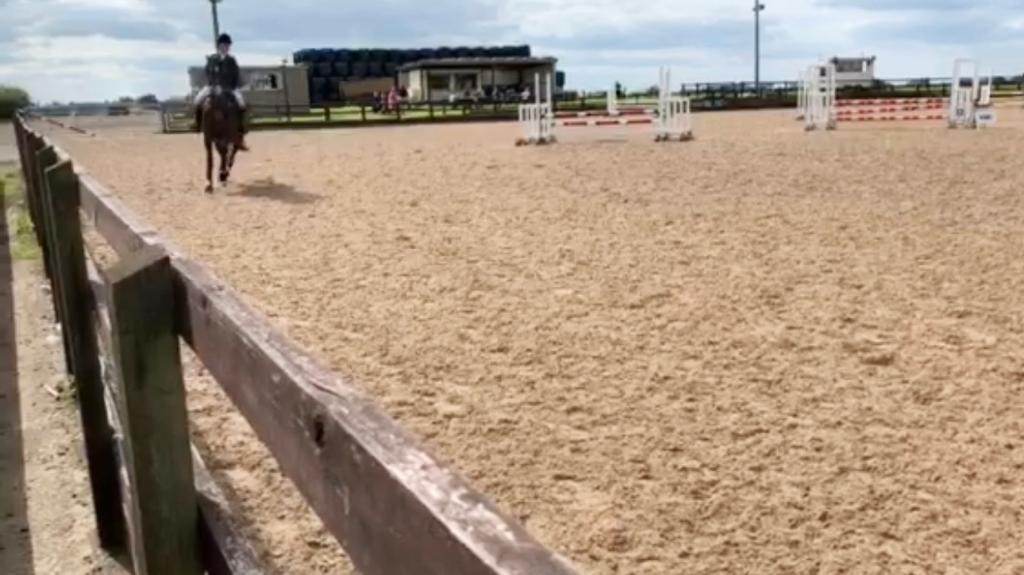
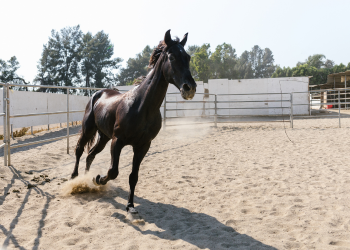
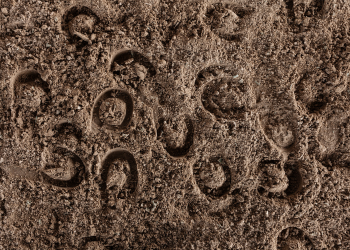

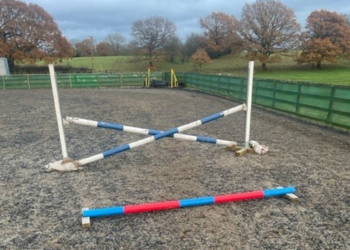


We Aim To Reply To All Enquiries With-in 24-Hours